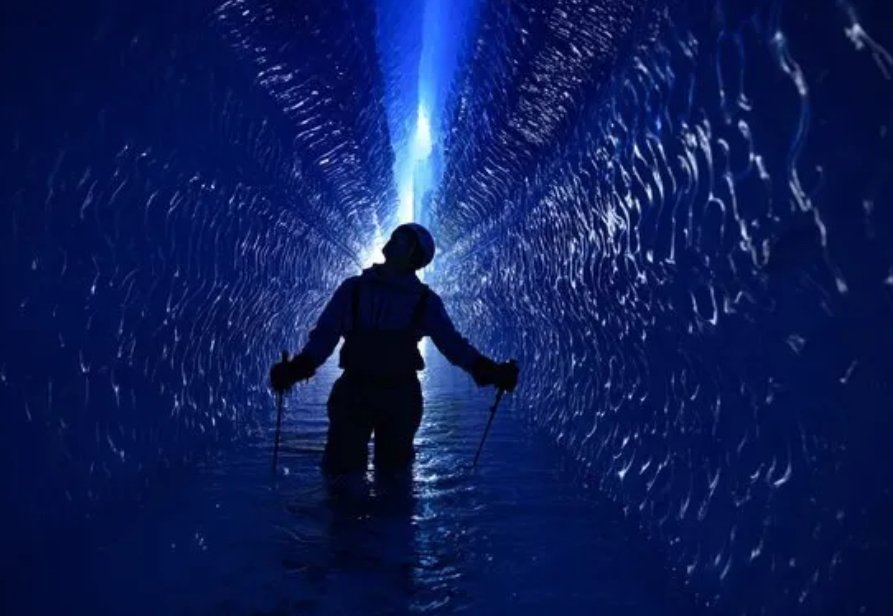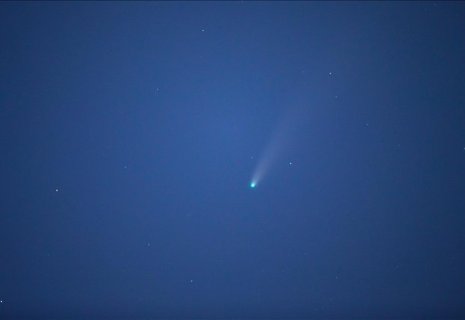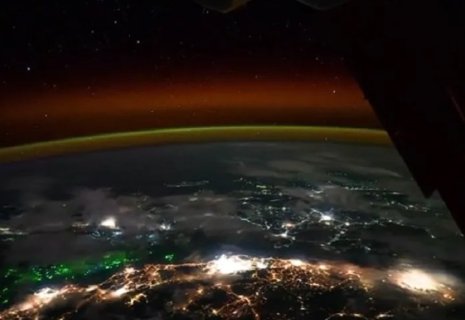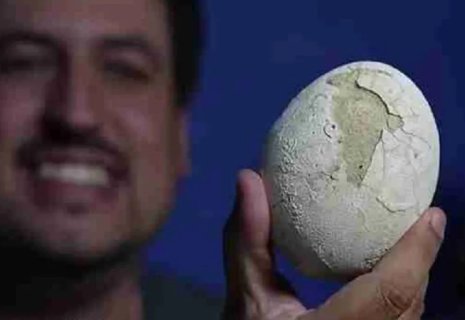
Scientists discover earth’s oldest ice, dating back six million years
Deep beneath Antarctica’s ice sheet, scientists have uncovered the oldest directly dated samples of ice and air ever found, estimated to be six million years old.
The discovery, made in the Allan Hills region, provides an unprecedented glimpse into Earth’s ancient climate history, reports Science Alert, CE Report quotes Kosova Press.
A research team led by Sarah Shackleton of the Woods Hole Oceanographic Institution extracted samples buried hundreds of meters below the surface, preserved there for millions of years. These ice cores act as time capsules, capturing a record of Earth’s environmental past.
“Ice cores are like time machines that allow scientists to see what our planet looked like in the past. The Allan Hills cores are helping us travel back in time much further than we ever thought possible,” said Shackleton.
The Allan Hills area is especially valuable due to its high concentration of so-called blue ice — compacted over time until large air bubbles have been squeezed out, and its crystal structure reflects light in a way that gives it a distinct blue tint. Because there is no new snowfall accumulating in this region, ancient ice lies much closer to the surface than elsewhere in Antarctica.
As part of the COLDEX project, scientists drilled three cores from depths of 150, 159, and 206 meters, aiming to find ice old enough to study the Pliocene epoch, which ended around 2.6 million years ago.
“We knew the ice in this region was ancient,” said Ed Brook, director of COLDEX. “We initially hoped to find ice up to three million years old, maybe slightly older — but this discovery exceeded our expectations.”
By dating the samples using the argon isotope method, the team determined that the deepest core contained ice from roughly six million years ago, placing it at the end of the Miocene epoch. The other samples were younger, covering the transition from the late Miocene into much of the Pliocene.
Analysis of oxygen isotopes revealed that Antarctica was about 12°C warmer six million years ago than it is today — and that the cooling toward modern temperatures happened gradually, not abruptly.
The next step for researchers is to reconstruct the composition of Earth’s ancient atmosphere, identifying which greenhouse gases were present and in what concentrations during that period.
























